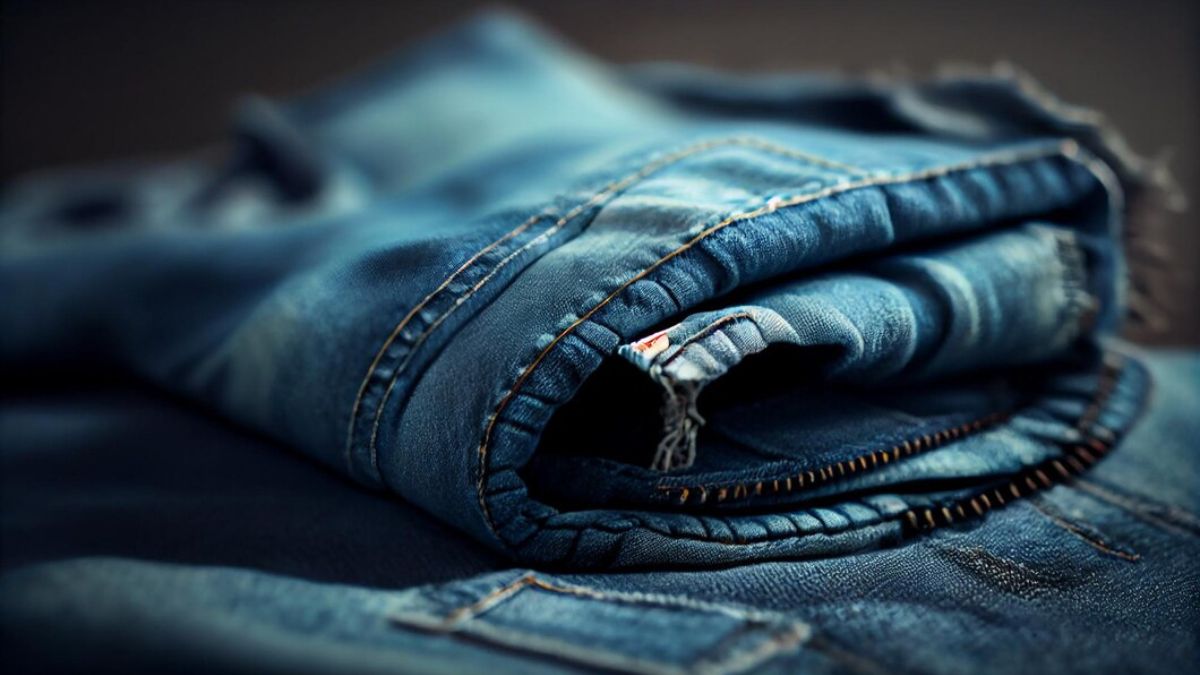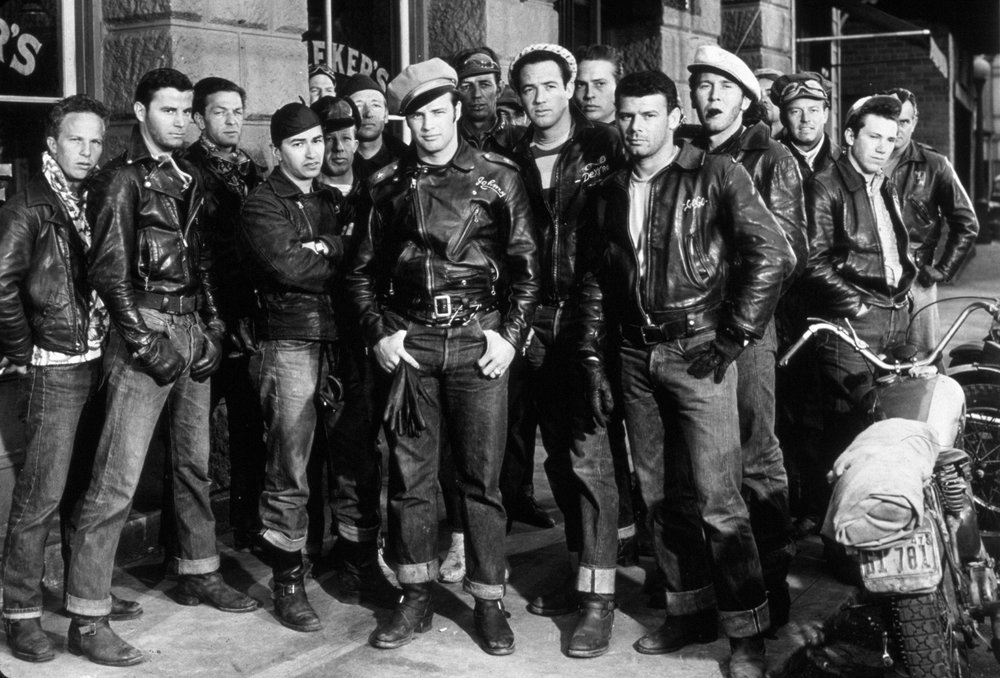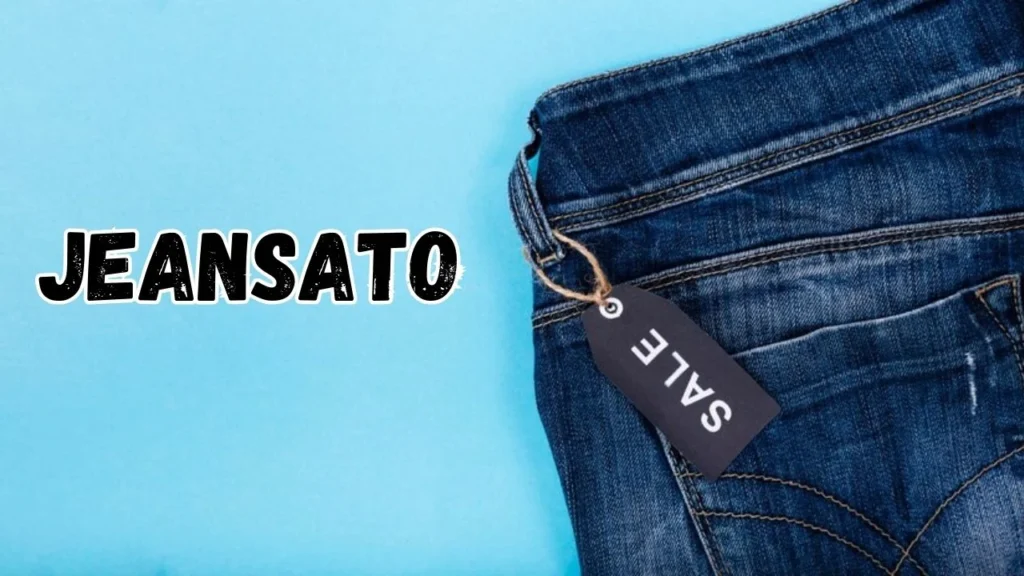Table of Contents
Introduction
The term “Jeansato” might initially appear unfamiliar, but it serves as a poignant reminder of how culture, fashion, and history interweave to shape societal norms jeansato Jeans, as a garment, have evolved from workwear to a fashion staple, reflecting various socio-economic, cultural, and political changes. This essay delves into the historical evolution of jeans, their cultural significance, and the socio-economic impacts they have had across the globe, particularly focusing on how they have been perceived, adopted, and transformed over time.
Historical Evolution of Jeans

Jeans, originally designed for durability and practicality, have their roots in the working-class wardrobe. The fabric known as denim, from which jeans are made, traces back to the late 16th century. The word “denim” is derived from the French phrase “serge de Nîmes,” meaning fabric from Nîmes. However, it was in the United States during the 19th century that jeans began to take on the form we recognize today.
Levi Strauss, a Bavarian immigrant, and Jacob Davis, a tailor, patented the first pair of riveted denim pants in 1873. These pants were initially created for miners and laborers who needed durable clothing for harsh working conditions. The introduction of rivets at stress points such as pocket corners and the base of the button fly significantly increased the lifespan of the pants, making them immensely popular among workers.
Jeans in the 20th Century

The 20th century witnessed jeans transitioning from mere workwear to a symbol of rebellion and eventually, mainstream fashion. During the 1950s, jeans became emblematic of youth rebellion in the United States. Hollywood icons like James Dean and Marlon Brando popularized jeans through films such as “Rebel Without a Cause” and “The Wild One,” associating them with a rebellious spirit and nonconformity.
By the 1960s and 70s, jeans had permeated various subcultures, including the hippie movement and rock ‘n’ roll. They became a canvas for self-expression, often adorned with embroidery, patches, and paint. The versatility and comfort of jeans made them a favorite among the youth who were advocating for social change and freedom.
Global Spread and Cultural Adaptation
Jeans crossed borders, becoming a global phenomenon by the late 20th century. They were adopted and adapted by various cultures, each imbuing them with unique meanings and styles. In Japan, for instance, denim culture evolved into a meticulous craft, with Japanese denim becoming renowned for its high quality and artisanal production techniques. Brands like Evisu and Kapital are known for their attention to detail and reverence for the heritage of denim.
In contrast, in countries under restrictive regimes, jeans often symbolized Western freedom and dissent. During the Cold War, blue jeans became a coveted item in the Eastern Bloc, representing a form of silent protest against communist restrictions. Smuggling jeans into these countries became a lucrative, albeit risky, business, highlighting the garment’s symbolic power beyond mere fashion.
Economic Impact of Jeans
The global popularity of jeans has had significant economic implications. The denim industry is a multi-billion-dollar sector that encompasses various stages of production, from cotton farming to manufacturing and retail. Countries like China, Bangladesh, and Mexico are major players in denim manufacturing, providing employment to millions.
However, the production of jeans also raises important ethical and environmental concerns. The traditional process of manufacturing denim is resource-intensive, involving significant water usage and chemical treatments that can lead to environmental degradation. Efforts towards sustainable fashion have led to innovations in eco-friendly production techniques, such as waterless dyeing processes and the use of organic cotton.
Jeans and Identity
Jeans have transcended their utilitarian origins to become a potent symbol of identity and self-expression. They offer a unique blend of comfort, durability, and style, making them suitable for various occasions and settings. The way individuals choose to wear and style their jeans can convey personal tastes, socio-economic status, and cultural affiliations.
The diversity in jean styles—from skinny to flared, high-waisted to low-rise—reflects changing fashion trends and societal attitudes towards body image and gender norms. For instance, the rise of skinny jeans in the early 2000s corresponded with a cultural shift towards androgynous fashion, challenging traditional gender binaries.
Jeans in Contemporary Fashion
In contemporary fashion, jeans continue to evolve, influenced by designers and high fashion houses that experiment with cuts, fabrics, and embellishments. Designer brands like Gucci, Balmain, and Diesel have reimagined jeans, incorporating luxury elements and innovative designs. This intersection of high fashion and everyday wear underscores the versatility and enduring appeal of jeans.
Moreover, the rise of streetwear and the blending of high fashion with urban culture have further cemented jeans as a staple in modern wardrobes. Collaborations between luxury brands and streetwear labels have resulted in limited-edition denim pieces that are highly sought after by fashion enthusiasts.
Conclusion
Jeans are more than just a piece of jeansato clothing; they are a cultural artifact that encapsulates significant historical, economic, and social narratives. From their origins as durable workwear to their status as a global fashion staple, jeans reflect the complexities of cultural exchange and the dynamics of globalization. They serve as a canvas for personal expression and a symbol of societal trends and shifts.
As the world continues to grapple with issues of sustainability and ethical production, the future of jeans will likely involve a balance between innovation and tradition. The ongoing dialogue between preserving the heritage of denim and embracing sustainable practices will shape the next chapter in the story of jeans, ensuring that they remain relevant and beloved across generations and cultures.
For More Information Please Visit These Websites Viprow And Vecteezy

